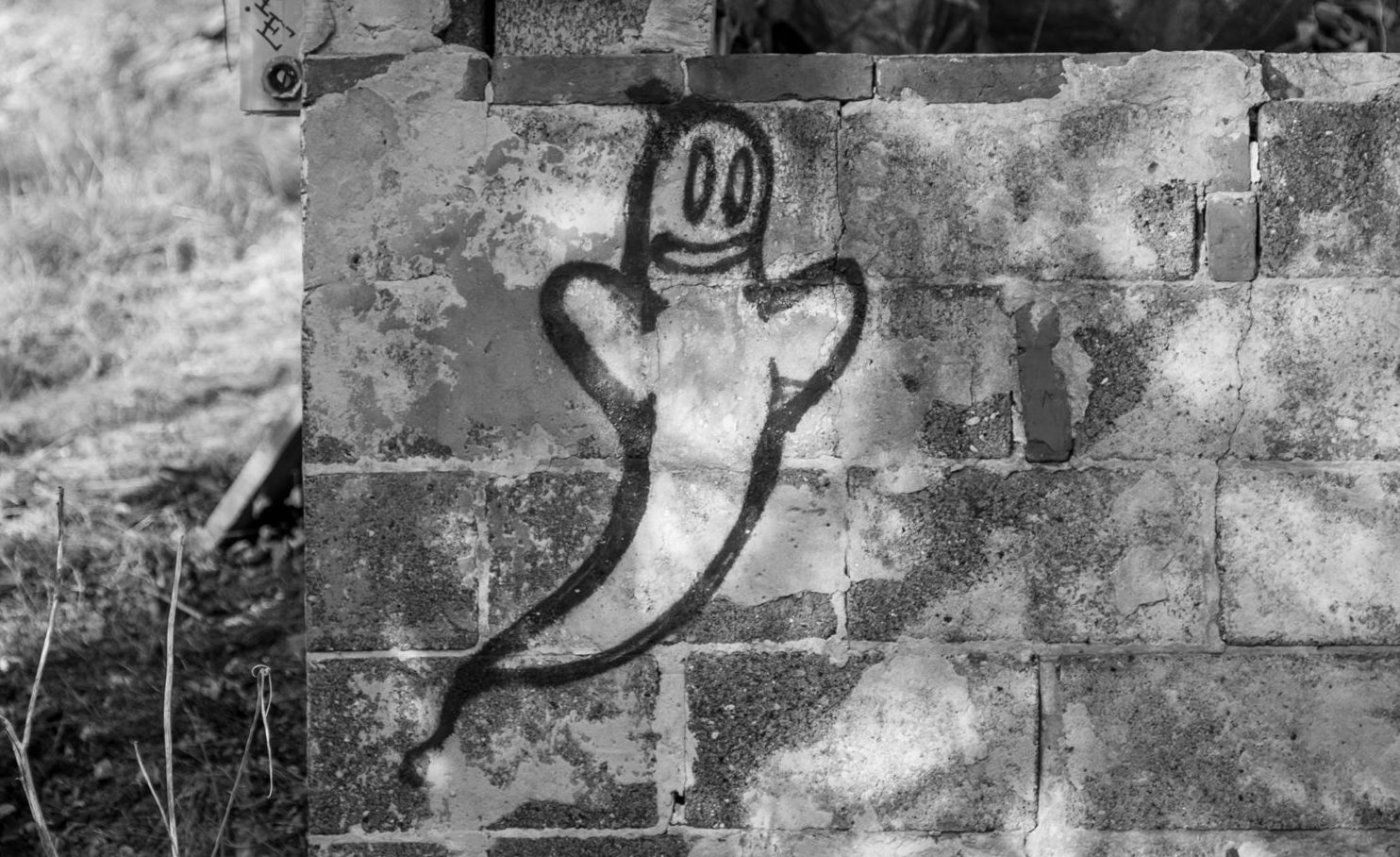by Mike Templeton
The first thing photographer Riley Goodman told me about his new collection of photographs, From Yonder Wooded Hill, published by Fall Line Press, was that he is not Appalachian. He grew up in the Patapsco River Valley of Maryland, and he came to an awareness of Appalachia through his grandmother who was born in Cass, West Virginia. (In the Urban Appalachian Community Coalition’s book, that makes Riley an urban Appalachian!) It was from her that the germ of his new collection of photographs was given. Herein lies an interesting point of intersection with other urban Appalachian writers, poets, and artists. That Riley Goodman has created a collection of portraits of Appalachia and Appalachians around the folktales and superstitions he inherited from his Appalachian grandmother is precisely the kernel at work in his photographs. While Riley Goodman’s photographs capture a kind of essence of Appalachian life and culture within images that are distinctly contemporary, his personal narrative would appear to have the same metaphorical content: a contemporary urban person from Maryland who carries an essence of Appalachian life and culture in his way of viewing the world around him.
Some of the inspiration for Goodman’s book and the theme of superstition came from the influence of this Appalachian grandmother. He explained that she was originally from West Virginia, but after moving to Maryland as a child, “she was sent to Cherokee, North Carolina to live at the Native American Reservation boarding school.” Goodman remembers the kinds of things she told him when he was growing up, the kinds of folk beliefs and superstitions that remained from his Appalachian grandmother’s life, and these blossomed into a theme that lies at the heart of his current collection of photographs. Goodman said that he felt the need to explore “both the things we choose to believe, and why we choose to believe them.” But the efficient cause of the book came from his immediate surroundings.
Goodman explained that his book is “largely inspired by Ellicott City in Maryland which came to prominence during the floods in 2018 that devastated the region.” What grabbed his attention was the immediate aftermath of the floods which became, for Goodman, “a great metaphor of the cyclical nature of experience.” Goodman, in his own words, “invites the viewer to question tenets of authenticity, leaving the idea of ‘historical truth’ in an undisclosed middle ground.” At first glance, his photographs are images of our contemporary world—images that can reveal the grit and decay of the urban landscape, for example. But there is always that kernel of myth, legend, and superstition that the contemporary world cannot seem to dismiss.
One photograph, titled “Haunting the Switchback,” shows us the corner of an old cinderblock structure. Cracks have formed around the blocks and vegetation has sprung from the cracks in various places. On the face of the cinderblock wall a graffiti artist has painted a cartoon-like image of a ghost. Amid the haunting of urban decay (or rural, it is impossible to tell), and in the formal rendering of urban graffiti, the haunting of what may have been emerges. The image operates as a perfect visual metaphor as the explicit contents of the image retain the essence of the lost content it would transform.
Riley Goodman said From Yonder Wooded Hill was five years in the making. From crowd sourcing to get the book published to bringing it out this year was no small undertaking. Sadly, his grandmother died in 2021 and did not get to see the finished product. When I asked Goodman about the reception for his book, he said people have loved it, and the project of the book appears to have taken on life beyond the photographs. Goodman recounted a story of someone who identified with one image in particular: “There is an image in the book taken in my grandmother’s house. In the photo, you can see an old lithograph of the Last Supper that she had for many years. Someone who saw the book identified the lithograph as something their family had in their house.” That image within an image would seem to bring the project of capturing the past within the present to a higher order as Goodman’s book makes its impact on others. And with this moment of identification, the spirit, if not the ghost, of Appalachia remains in its essence within the images of the present.
We hope that Riley Goodman’s disclaimer that he is not Appalachian may not be as firm as he now sees it. He carries that essence of Appalachia that gets passed on to all of us who call ourselves urban Appalachians—that same essence he captures in his photography. In any case, the Urban Appalachian Community Coalition is perfectly content to nurture the ghosts and spirits of Appalachia in everything we do. It is encouraging to see artists working from within a distinctly urban Appalachian context. You can learn more about Riley Goodman at his website. The link is provided below.
From Yonder Wooded Hill by Riley Goodman can be purchased from Fall Line Press at this link: https://www.falllinepress.com/from-yonder-wooded-hill.
Cover photo by Riley Goodman. Goodman’s website is at this link: https://www.rileycgoodman.com/.
Mike Templeton is a writer, independent scholar, barista, cook, guitar player, and accidental jack-of-all-trades. He is the author of the forthcoming The Chief of Birds: A Memoir. Available later this year from Erratum Press, and Impossible to Believe, forthcoming from Iskra Books. Check out his profile in UACC’s new Cultural Directory. He lives in downtown Cincinnati with his wife who is a talented photographer. They spend their free time walking around the city snapping photos. She looks up at that the grandeur of the city, while Mike always seems to be staring at the ground.

